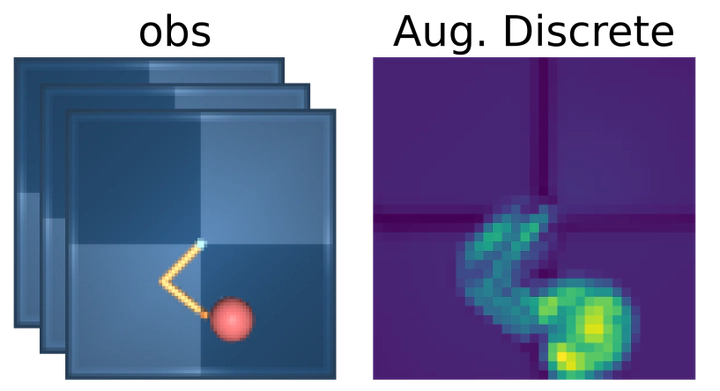 Image credit: Unsplash
Image credit: Unsplash
Abstract
Reinforcement learning for continuous control tasks is challenging with image observations, due to the representation learning problem. A series of recent work has shown that augmenting the observations via random shifts during training significantly improves performance, even matching state-based methods. However, it is not well-understood why augmentation is so beneficial; since the method uses a nearly-shift equivariant convolutional encoder, shifting the input should have little impact on what features are learned. In this work, we investigate why random shifts are useful augmentations for image-based RL and show that it increases both the shift-equivariance and shift-invariance of the encoder. In other words, the visual features learned exhibit spatial continuity, which we show can be partially achieved using dropout. We hypothesize that the spatial continuity of the visual encoding simplifies learning for the subsequent linear layers in the actor-critic networks.